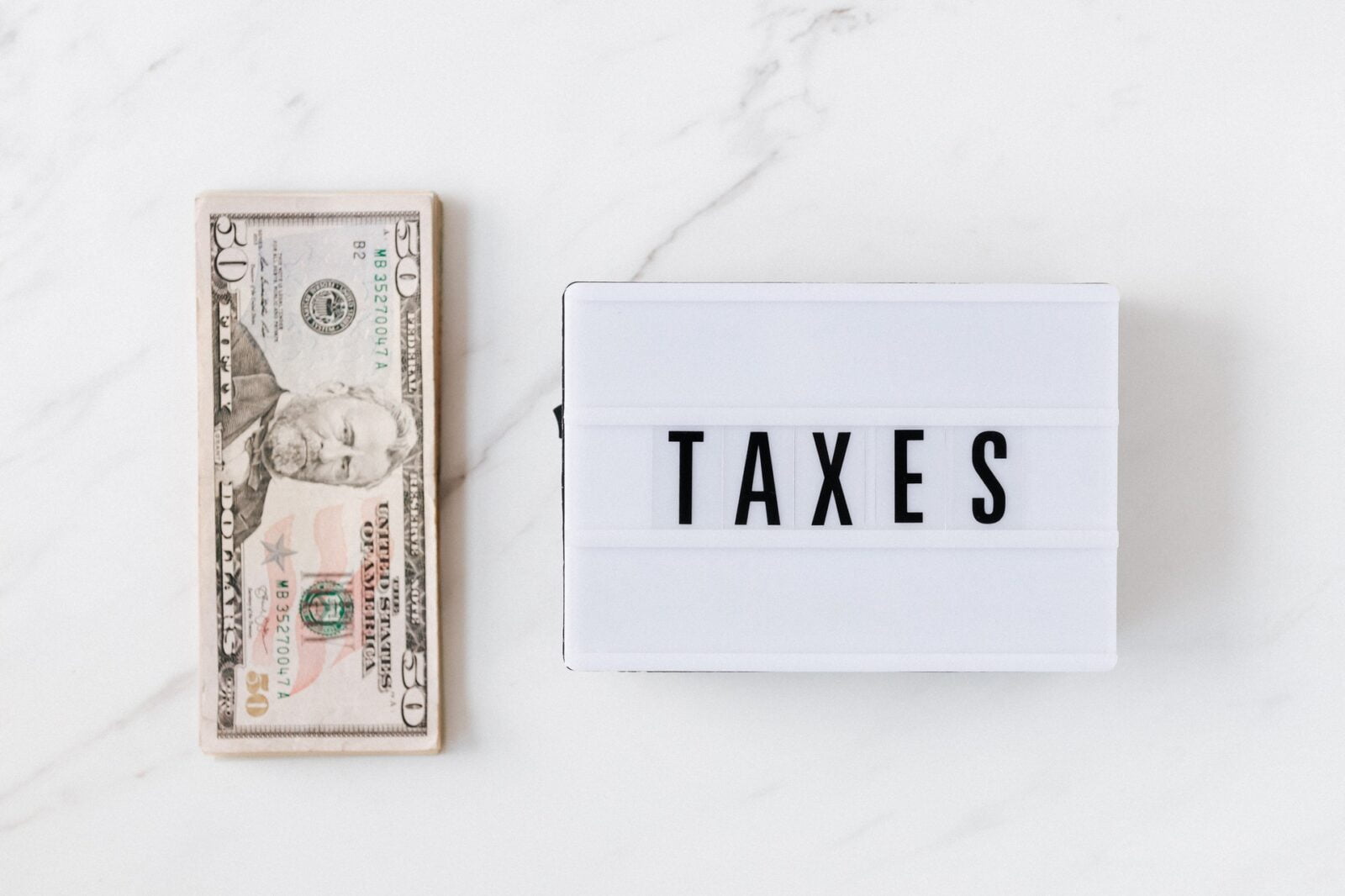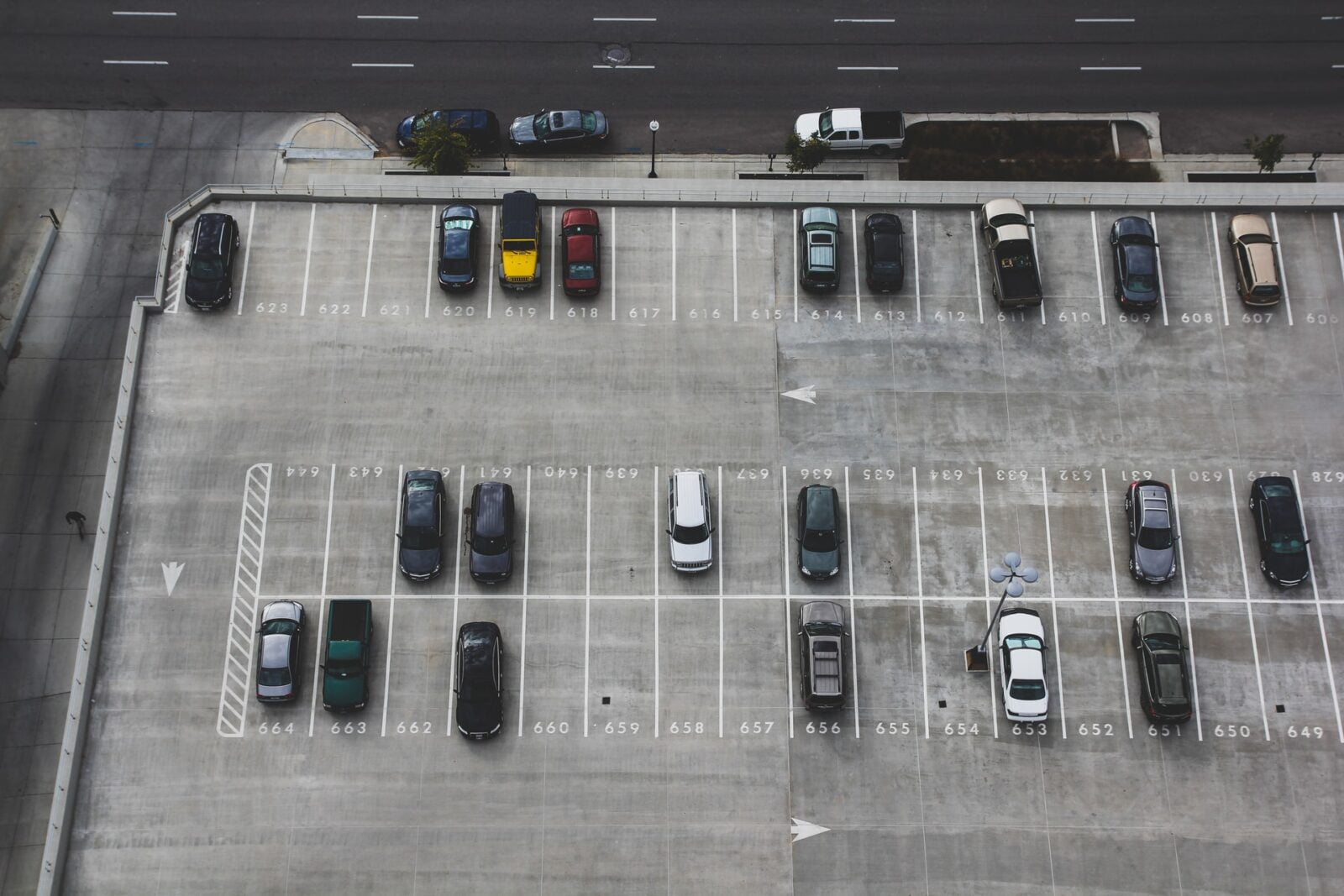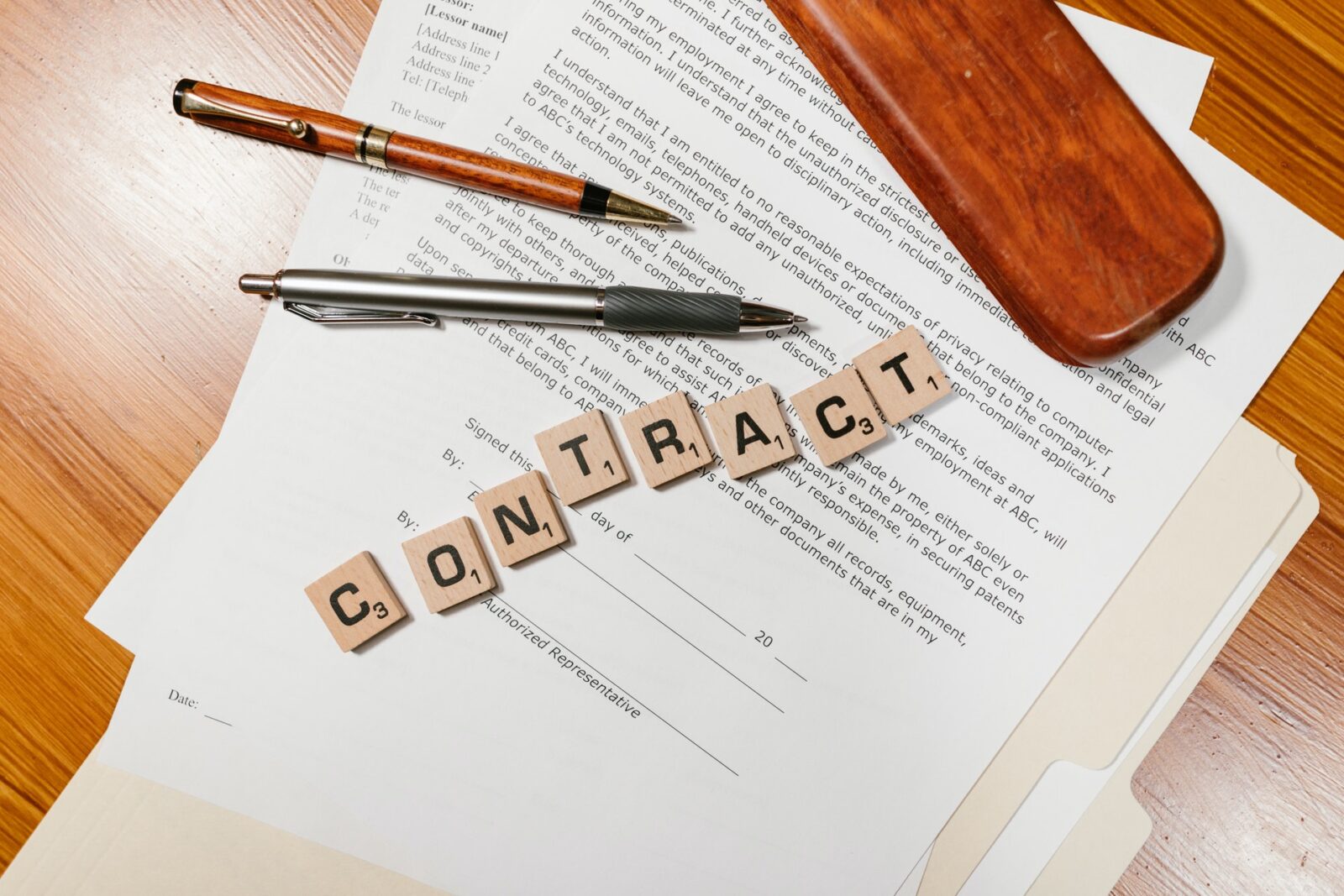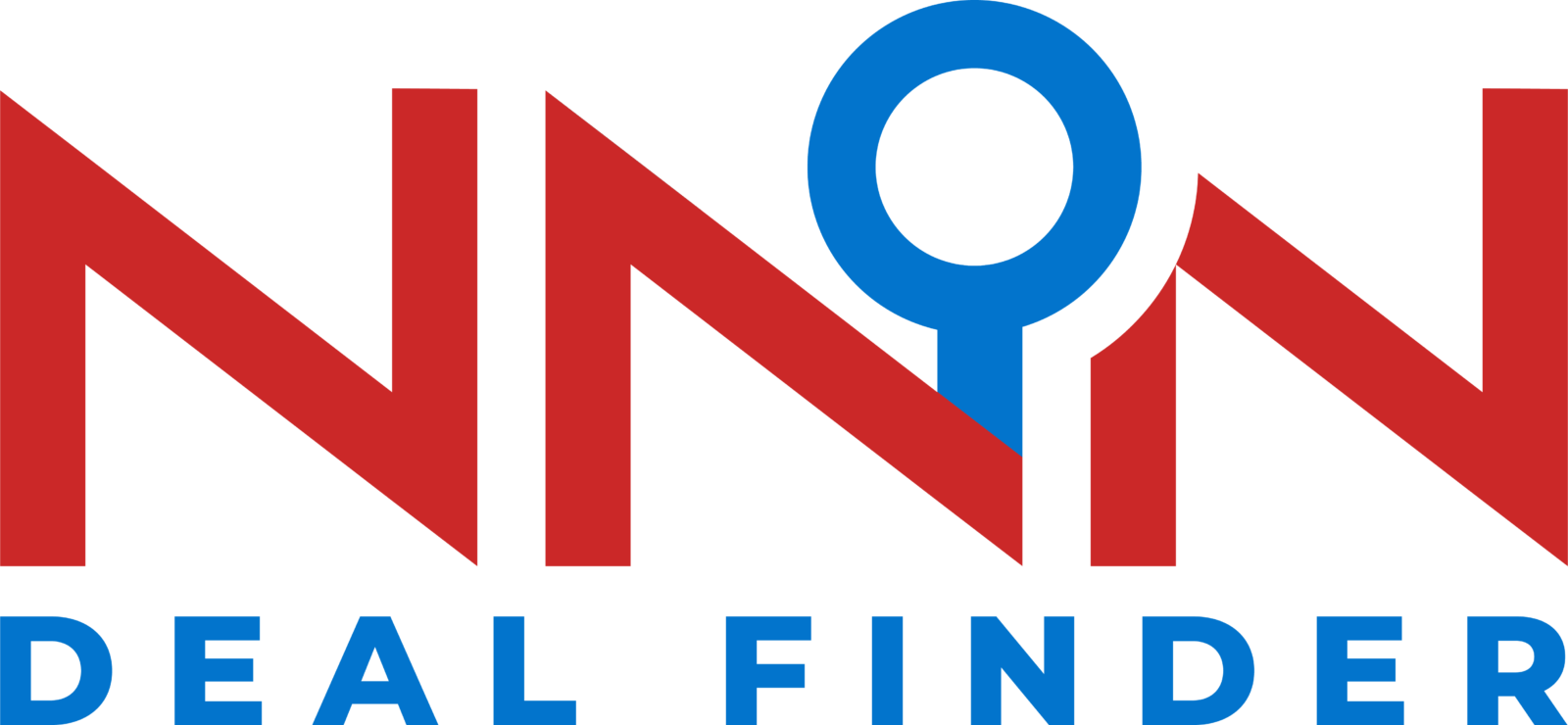The allure of a commercial net lease real estate investment to generate positive cash flow has many rental property investors scanning the markets seeking ‘the one’ to reach their investment goals. A strong corporate-backed net lease provides greater stability and lowered risk for landlords who seek a reliable long-term investment.
By investing in a commercial rental, landlords can grow equity in the property as it slowly and steadily appreciates. But when you throw a net lease into the mix, investors significantly decrease the amount of regular or unanticipated expenses and responsibility that typically comes with rental investment.
Minimal landlord responsibilities and positive cash flow sound good to you? That’s why so many real estate investing pros opt for commercial net lease properties.
The icing on the cake is that you can maneuver both the property and the lease agreement to ramp up the cash flow and substantially increase your passive income yield.
For more insider tips from the thought leaders in the real estate industry, check out the Real Estate Masters Summit where you can learn from the best about NNN leases and epic real estate business expansion today.
Now, let’s dive in and learn about generating good cash flow with net lease properties.
What are Net Lease Properties?
In simple terms, a net lease is a contractual agreement where the tenant pays a portion, or all, of the building’s operating expenses. These costs include property taxes, insurance premiums, or maintenance and repair costs. Net leases present advantages for both the tenant and the landlords and are commonly used in commercial real estate agreements.
However, not all net leases are equal.
When you come across a net lease property, it will exist within one of three categories: single net lease, double net lease, or triple net lease. The three of them provide varying benefits to the landlord and the tenant.
For investors concerned with the amount of gross cash flow their property is generating – which let’s be honest, is most of us – the amount of Ns attached to your lease will affect the overall rental yield you receive and the expenses you pay.
So let’s distinguish the three net lease options and talk about the intricacies of each one.
Single Net Lease
A single net lease is not very common in commercial agreements. This is because they require that the landlord transfers minimal risk to the tenant and undertakes the majority of payments themselves.
The tenant is responsible for paying rent and property taxes only, while the landlord foots the bill for insurance premiums, utilities, repairs, and maintenance. Landlords will make slightly less in rental income than they would in a standard rental agreement because tenants are paying the tax costs, and the landlord has one less expense to worry about paying.

Some property owners prefer this option because their name is attached to the property, and delayed payments may incur late fees. In this case, they’ll make the payments to ensure they’re processed on time, rather than leaving it up to the tenant.
This option does increase the landlord’s overhead expenses.
Double Net Lease
In double net leases, tenants pay rent along with property taxes and insurance premiums. Maintenance and utilities are considered the landlord’s responsibility.
Base rent is also lower than rent in a typical lease simply because the tenant covers more costs. This option is especially popular in commercial real estate agreements and can be more appealing to landlords than a single net due to lesser active responsibility.
Triple Net Lease
Triple net leases are the passive real estate investors’ dream. Tenants foot the cost for rent, property tax, insurance premiums, maintenance, and all additional expenses. For this reason, base rent is lower than the other two net lease options because tenants have higher overheads.
A triple net lease reduces the amount of financial risk for the landlord in a commercial lease, and all they’re required to do is collect a monthly rental check.
How do you Calculate Cash Flow?
Cash flow generated from a rental property is calculated by subtracting all operational expenses from the net income. You can use the equation: income – expenses = gross cash flow.
With net lease properties, you can find innovative ways to increase the overall income of the property or reduce the landlord’s financial burdens. Both of these approaches will increase the overall cash flow generated by your commercial asset. Let’s take a look at how this can be achieved.
Increase the Value of the Property
Properties will naturally appreciate over time. However, there are certain things a landlord can do to add worth to a property and accordingly increase rent to raise the net income.
Be aware that many net leases come with rental increases built into them, so consider any added-value projects early and plan the rental increases appropriately.
Elevating your rental property’s value comes with compounding benefits because it enables you to sell it for a higher price at the end of your investment term. But it will require some upfront capital expenditure to reap the benefits over the long term.
Another benefit to consider by upping the property appeal is that you become better protected against vacancy. If you are offering a desirable deal to tenants they’re more likely to stay on the lease with you, securing your income streams into the future.
This strategy is best suited to single and double net leases because the landlord is already responsible for maintenance and repairs expenses.
Add Amenities and Upgrades
Regardless of the nature of your investment property, there’s always space for amenities and upgrades.
Starting with the land, consider whether developing parking space onsite could benefit the business you’re leasing to. Can you improve access routes to make it easier for customers to approach the business?

Inside the building, installing a security system and keyless entry adds protection for the lessee and reduces their exposure to crime. For single net lease property owners, this may reduce your insurance premiums too.
Another option is investing in solar panels and insulation, which significantly decreases electricity expenses. Landlords can enjoy reduced costs at the same time as they introduce a justified rental increase.
Purchase in a Developing Area
One great source of appreciation is local development, and this costs the landlord absolutely nothing. If you’re aware of commercial developments like a shopping mall being erected in your investment area, it will make the location of the property more desirable to prospective buyers in the future.
Not only will you be able to increase your revenue with this, but you’ll gain more capital when it comes to selling as well.
Create Additional Revenue Sources
Consider developing the property yourself to increase the amount of revenue that you earn in addition to rent.
Take paid public parking, for example. If your property is located in a busy or commercial area, see if you can take advantage of parking shortages by providing metered spaces for the general public to use. Daily storage units can be installed on the property to bring in extra revenue streams and attract more foot traffic near the business leasing the property.
Landlords can also rent out space to banks and non-financial banking companies to place an ATM on the property.
These options generally require research and planning and may entail local government consents. However, the advantages stack up as you improve the property value and generate a brand new revenue stream.
Offer Contractual Options
If you own a multiple-tenant commercial net lease property, you can generate more cash flow by giving preferential options to your tenants.

Many commercial tenants pay fees for options like the right of first refusal on the space next door. This option is convenient for commercial tenants whose business may be under threat by a competitor moving in close to their business. Many commercial tenants are happy to pay for this option – whether or not they choose to exercise it – because it provides them with subsidiary protection.
Decrease Property Expenses
We’ve had a look at how to increase revenue to generate more overall income, but on the other side of the equation, we have the expenses paid by a landlord. By decreasing your outgoings, you’ll naturally see greater net cash flow from your investment property.
Offer Cost-Efficient Upgrades
This option goes hand in hand with increasing rental revenue by offering amenities and upgrades, such as installing insulation, solar energy, or water-saving plumbing. If you’re tied in with a single or double net lease, you pay for the utilities and expenses from your back pocket. Cost-efficient upgrades will save you money over the long term. You’ll also be able to potentially charge tenants more by raising the value of the property, further increasing the total income you receive.
Another option is to supply energy-efficient appliances and light bulbs to save on the electricity bill.
Negotiate a Triple Net Lease
If you’re a single or double net lease landlord, try to negotiate your tenant up to a triple net lease. Tenants will pay for all expenses associated with the property which means the landlord will not be accountable for unanticipated expenses as they arise.
Triple net leases signed by safe-chain commercial outlets such as McDonald’s or Starbucks are advantageous because the tenant usually customizes the interior design to match the brand’s identity. New carpets and extraction units, for example, can also add value to the property at the tenant’s expense.
Summary
With a bit of effort and savvy, any landlord can transform their net-lease property into a hardcore money-generating machine.
Increasing the value of a property and creating additional revenue sources will require initial capital investment. However, the ongoing benefits will compound as you settle into your investment term, gain equity in the property, and watch your net cash flow flourish.
In any case, whilst a triple net lease property comes with standard lower base rent, it’s the easiest way to generate passive cash flow through net leases because the landlord is not required to make additional payments apart from the asset’s purchase price.
If you want to start ramping up your cash flow with a net lease property, speak with the experts at Buy NNN Properties to get started today.

